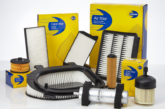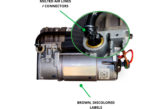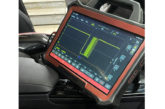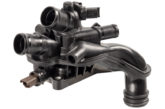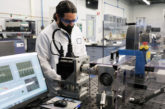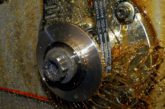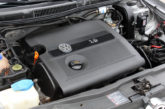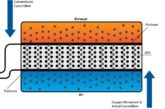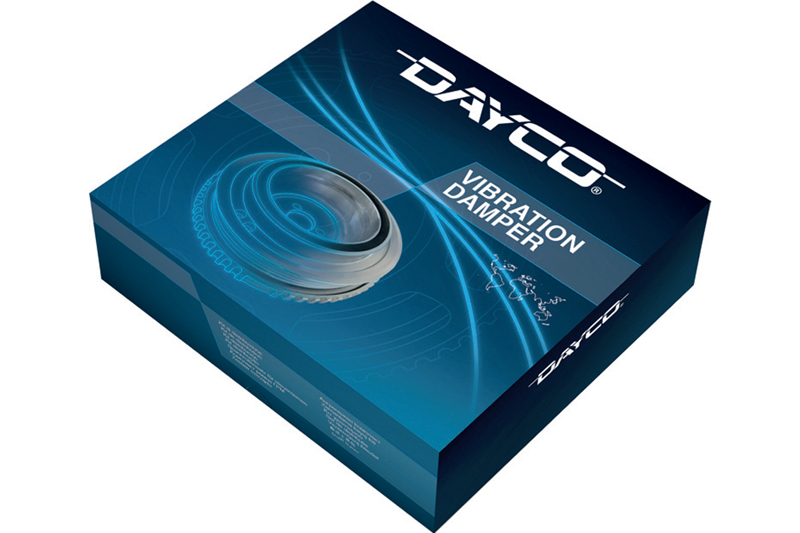
As engines develop, so do the demands placed on the TVD. Dayco explains exactly what’s changing.
Modern engines are designed to deliver the optimum combination of power and torque, alongside fuel efficiency and minimal exhaust emissions. This objective often comes at the cost of high levels of engine vibration, which is generally intensified by the significant pressures present in the engine’s combustion chambers, especially with diesel units.
This vibration is transmitted through the crankshaft and therefore has a significant impact on the engine’s power transmission drive systems. To reduce this problem, Dayco engineers have developed a range of torsional vibration damper pulleys, or TVDs, which it manufactures as OE for many vehicle manufacturers, but now also for the UK aftermarket.
Generally installed directly to the crankshaft, the damper reduces the circular vibrations that cause wear on many of the engine’s components. Naturally, the FEAD (front end auxiliary drive) system is a principal beneficiary, which increases the durability of the entire engine, but also improves comfort for the vehicle’s occupants.
As with every wearing part, problems can occur and the damper can lose its efficiency or sometimes even break, which obviously increases the risk of failure in other parts of the engine’s drive systems.
To avoid these problems, dampers should be checked for signs of wear, such as abnormal noises, unpleasant vibrations or even steering oscillations, at every 40,000 mile interval or when replacing the auxiliary belt. However, as a matter of course and irrespective of the signs, Dayco suggests that they are changed every time the timing belt is renewed.
However, technicians must be aware however, that in order to check the damper correctly, it needs to be removed from the engine because the back, as well as the front, needs to be examined to fully assess its condition. In addition, whether it needs to be replaced or not, if its fixing bolts are designed to stretch on initial fitment, these must be changed, as they will no longer meet their design tolerances if reused.
There are three types of damper that, depending on the application, are generally installed: the simple, double, and decoupler. The simple damper is integrated within the FEAD system. Its single rubber element provides sufficient vibration reduction for applications with standard NVH (noise, vibration and harshness) requirements.
The double damper encompasses two rubber elements within its metal parts, which are designed to absorb vibration at different frequencies. This type of damper is for use in applications that generate high power and increased NVH, such as modern diesel engines.
Although the decoupler damper still incorporates a rubber ring, the damping function is carried out through metal springs, as opposed to solely relying on its rubber element. It is used on the latest generation engines with greater power and enables the FEAD system to cope with high mileage and adverse conditions, particularly for applications that feature a BSG (belt start generator) function for their start-stop systems.
The usual suspects
The UK’s most popular reference is for the 2.2 and 2.4L TDCi powered Ford Transit and Tourneo manufactured between April 2006 and August 2014, which is Dayco part number DPV1210K and comes with replacement bolts as standard. When it comes to passenger car applications, Ford again comes high up in the rankings, this time the 2.0l Di/TDDi/TDCi and 2.2L TDCI engines used in several versions of the third generation Mondeo between 2000 and 2007 and the 2.0L TDDI engine used in the mark IV between 2007 and 2010, DPV1041K, which also comes with replacement bolts.

